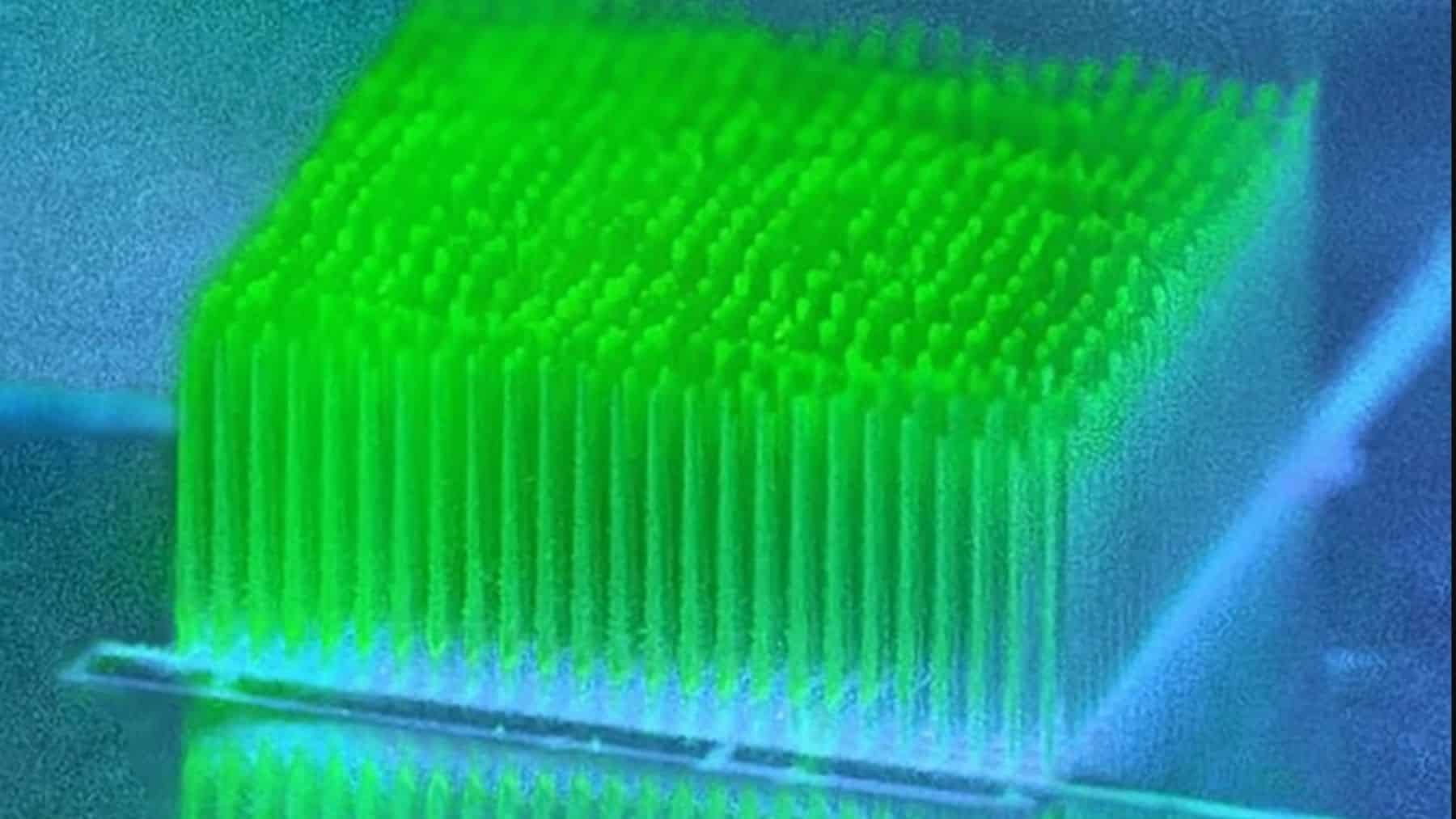Perhaps the most pivotal moment for clean energy innovation is the work done by researchers at the University of Cambridge. These researchers have developed a radical new approach to harnessing electricity from sunlight and water using artificial photosynthesis.
Centuries later, these researchers have discovered photosynthetic bacteria. Cambridge researchers have achieved something magnificent through the 3D printing of these tiny, skyscraper-like electrodes. The team has created an environment where cyanobacteria (earth’s most abundant life form) can thrive and generate electricity far more efficiently than ever before. This method could eventually be used to power small devices using nothing more than light and water. We now wonder if the dream of infinite, sustainable energy is being brought closer to reality.
Artificial photosynthesis: making use of nature’s power plants
Something that has long fascinated scientists is photosynthetic bacteria. Photosynthetic bacteria or cyanobacteria grabbed scientists’ attention due to its ability to convert sunlight into energy. Despite the promise of cyanobacteria, all attempts to tap into this bioenergy source have often fallen short and has been limited by how much energy could be extracted from their natural processes.
Dr. Jenny Zhang, leading the Cambridge research team, has thus questioned the long-standing assumption that the limitation lay within the biology of the bacteria themselves. Instead, her team uncovered that the real hindrance was the material environment where the bacteria were housed.
In order to overcome this obstacle, the research team developed 3D-printed electrode grids made from metal oxide nanoparticles. These structures mimic high-rise buildings, offering a combination of vast surface area and high light exposure. These are the ideal conditions for the sun-loving cyanobacteria to attach, grow, and function as tiny energy factories. “The electrodes have excellent light-handling properties, like a high-rise apartment with lots of windows,” Zhang said. Zhang further asserted that the team’s electrodes allowed for a balance between lots of surface area and lots of light, somewhat like that of a glass skyscraper.
Introducing a new contender in the clean energy movement
The observations point to the fact that once these tiny organisms settled into their custom-built ‘nano-homes,’ the system’s efficiency is skyrocketed. The amount of energy the team could extract increased by over an order of magnitude compared to traditional methods. The results found puts the technology on par with, or even ahead of, biofuels and perhaps some types of solar panels in terms of energy conversion efficiency.
The fact that cyanobacteria only need sunlight and water to thrive sets it apart from other renewables that may require large land areas or intensive resource extraction. Cyanobacteria are a low-maintenance yet high-reward option in the global search zero-carbon energy solutions. Another positive aspect is that the bacteria naturally generate electrons as waste during photosynthesis, this artificial photosynthesis system captures what nature was already producing, however, more effectively.
Using this lab innovation in the real world
Despite the technology being in its early stages, the breakthrough is rather profound. It is apparent that by fine-tuning the interaction between engineered materials and living systems, this research could possibly revolutionize how we generate electricity. Zhang and her team believe that this is just the beginning: “Our approach allows us to tap into their energy conversion pathway at an early point. It helps us understand how they carry out energy conversion so we can use their natural pathways for renewable fuel or chemical generation.”
The research team has backing major science bodies including the European Research Council and the Cambridge Trust. The Cambridge team will thus be refining their technique, with the hope of expanding its applications. The hope is that this discovery could be initially used to power up small electronics in remote areas and eventually integrate with larger renewable systems. The hope is that these cyanobacteria-powered electrodes play a valuable role in the future energy grid.
It seems as if centuries after the initial dreams of artificial photosynthesis, science may finally have the blueprint to make those dreams a reality.














